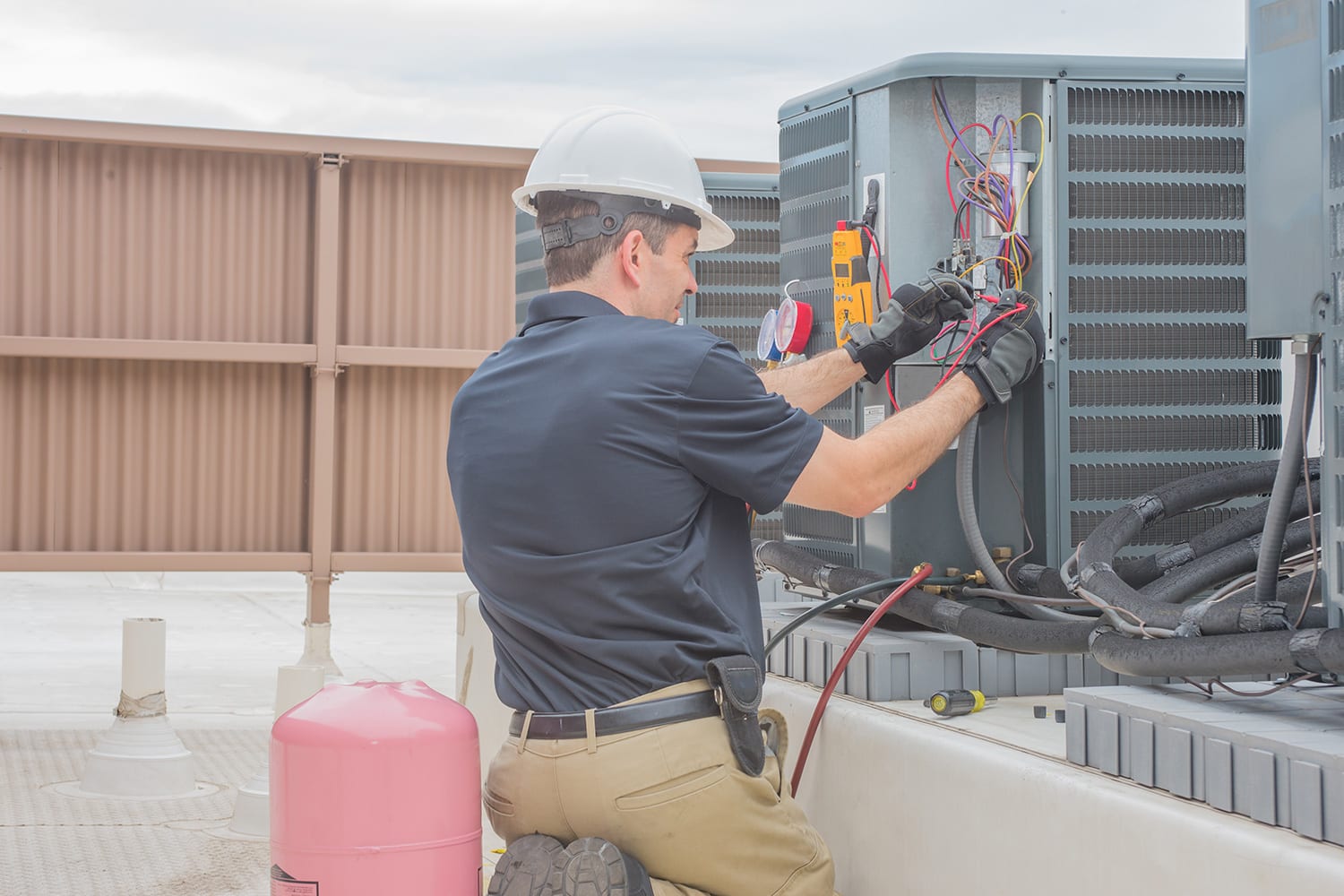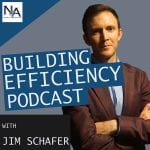HVAC Thermostat Monitor & Control | IoT Technologies
IoT-enabled HVAC controls technology usually takes the form of smart thermostats and sensors monitoring environmental changes and communicating back and forth with your HVAC equipment, dynamically adjusting temperature as needed.
HVAC Thermostat Monitor & Control – Q&A
What is the main function of unit level control for HVAC system controls?
HVAC (Heating, Ventilation and Air Conditioning) equipment needs a control system to regulate the operation of a heating and/or air conditioning system. Usually a sensing device is used to compare the actual state (e.g. temperature) with a target state.
Can two thermostats control one AC unit?
It is possible to install a single central air-conditioning unit, with two or more thermostats, that can cool the house equally. … The thermostat in each zone controls the temperature in the zone.
What is an HVAC control panel?
Heating, ventilation and air conditioning (HVAC) control panels are systems that manage the temperature and air in a given environment. They are suitable for commercial, residential, public or industrial usage.
What is the difference between PLC and DDC?
PLC (Programmable Logic Controller) is a small hardware device. It can be a bunch of logic gates, a micro-controller or contain a simple CPU. DDC (Direct Digital Control) is a term used in building automation for the concept of reading sensor data, processing the data in the digital domain, and controlling actuators.
What are the different types of HVAC systems?
There are four main types of HVAC systems. There are split systems, hybrid systems, duct-free systems, and packaged heating and air systems. Each of these types of HVAC units have pro’s and con’s, and knowing these factors can help you decide which is best for you.
What is the principle of HVAC?
Its goal is to provide thermal comfort and acceptable indoor air quality. HVAC system design is a sub-discipline of mechanical engineering, based on the principles of thermodynamics, fluid mechanics and heat transfer.
What are HVAC DDC controls?
DDC systems consist of a central computer workstation that monitors HVAC, lighting, or other system functions via a series of sensors. These sensors transmit data back to the workstation, where sophisticated software monitors performance and makes operational adjustments as necessary.
What is HVAC the abbreviation for?
From Wikipedia, the free encyclopedia. HVAC (heating, ventilation, and air conditioning) is a major sub-discipline of mechanical engineering. The goal of HVAC design is to balance indoor environmental comfort with other factors such as installation cost, ease of maintenance, and energy efficiency.
What is a sequencer in HVAC?
The sequencer is essentially a series of conduits that prevent the voltage from entering the electric furnace from turning on all the heating elements at one time. The heating elements are the electrical coils that warm up as electricity passes through them; they’re what actually heats the air.
How do HVAC controls work?
A thermostat is the HVAC control that manages the operation of the furnace or air conditioner, and the blower that distributes heated or cooled air. In the past, thermostats were basic devices that simply started the equipment at a certain temperature set point, and then shut it off at another.
What are HVAC system components?
Some of the most important parts of your HVAC system are your heat exchanger, blower motor, combustion chamber, condenser, evaporator, and thermostat.
Pain point(s) surrounding the need for HVAC controls:
Rising costs / energy efficiency
Air quality
Comfortable work environment
Controlling / optimizing HVAC systens
Solution(s) provided by our HVAC controls technologies:
Temperature control by zone, by season, by occupancy, by time of day
Improved air quality
Improved employee health, well-being & productivity
Improved energy efficiency which reduces costs
Applications
Offices
Schools
Retail
Manufacturing
Warehousing
Commercial







Recent Comments